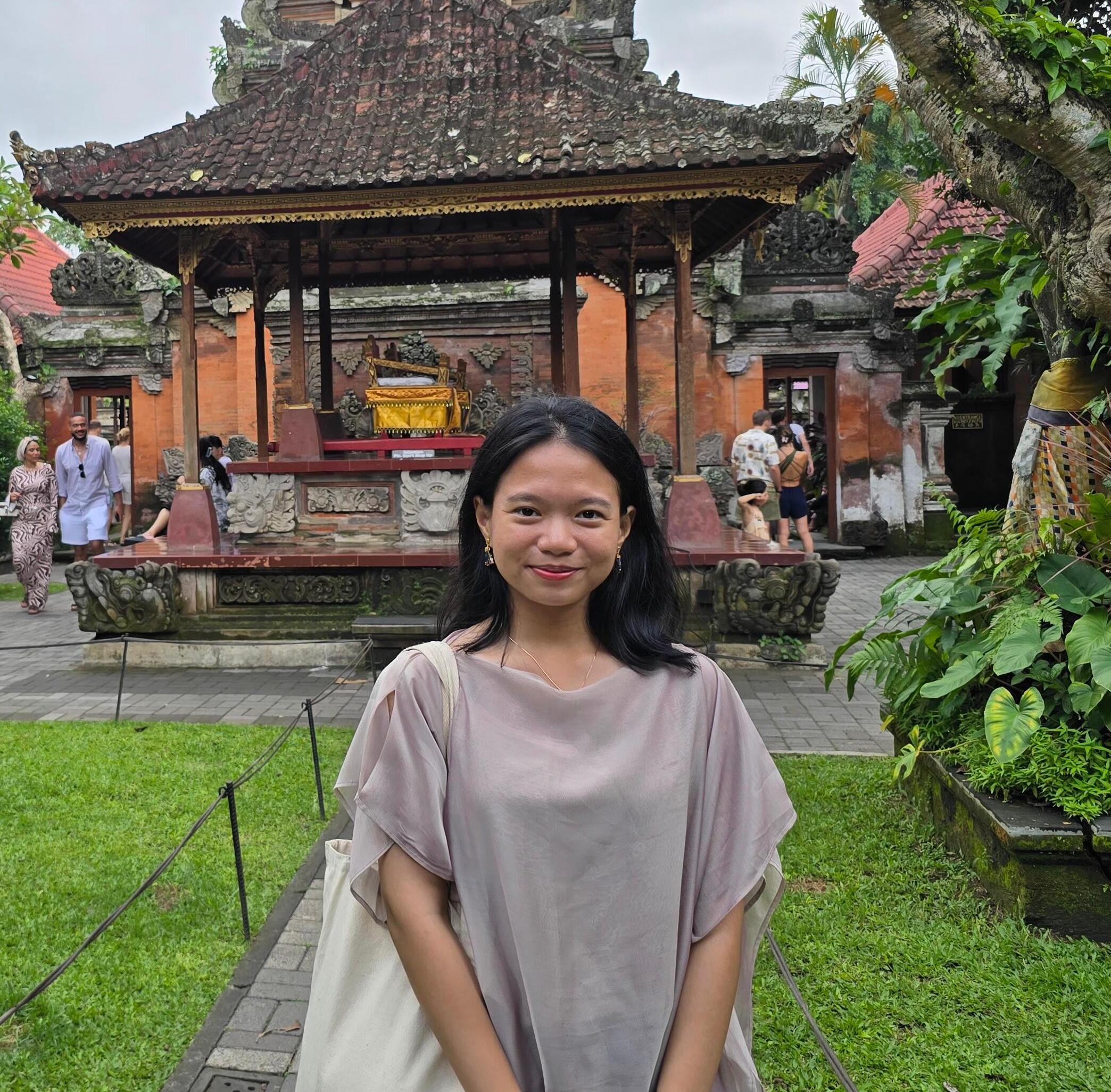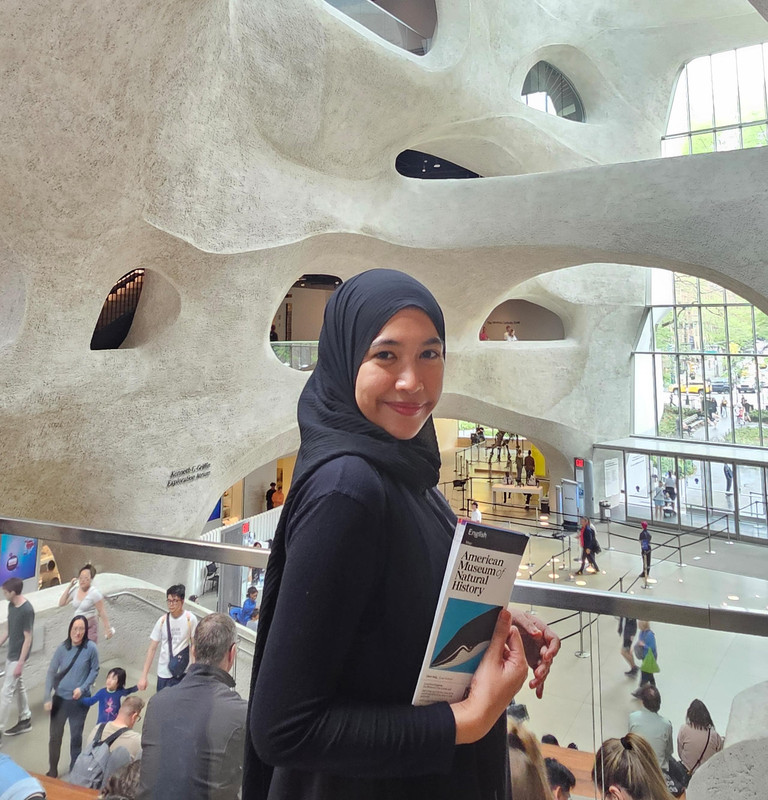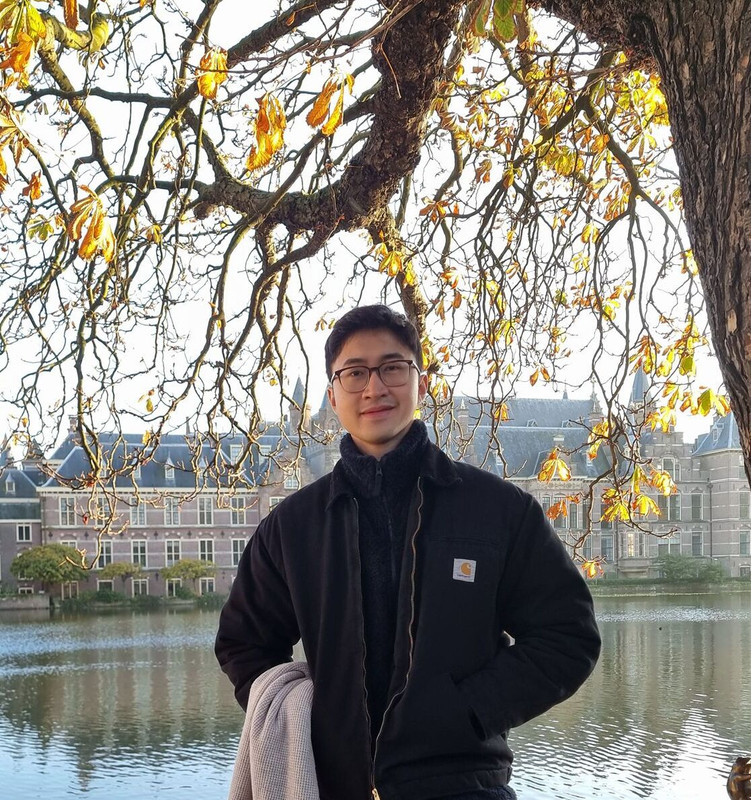For the sociopaths who want more school
Deconstructing
Indonesia
Intellectual and social histories of the birth and life of a nation.
Why Deconstruct Indonesia?
What is Indonesia? The answer seems obvious—open up a map and there you have it.
But what is it really? A collection of islands? A land inhabited by a certain people? A polity that embodies certain cultural values and norms?
Try to hammer out an actual definition and we find ourselves stranded with these questions—a vagueness that has actual consequences in a world where the idea of Indonesia is often invoked to compel people to do all sorts of things.
This is an idea then, that is worthwhile dissecting further, something we'll be doing by delving into the history of its formative period: the Indonesian National Revolution.
Our Roadmap
Our approach is guided by a thesis that the idea of Indonesia was fundamentally born out of a historical collision between the islands that would come to be known as Indonesia, and a certain notion of "modernity" sweeping the world on the backs of European colonialism. After that, we'll be focusing on these colliding elements and start "deconstructing Indonesia" in earnest.
Module One: Constructing Indonesia
The introduction and synopsis where we begin to "construct Indonesia." This is where we explore the foundational ideas and context that birthed the notion of a unified Indonesian nation.
Module Two: Indonesia Before Indonesia
We'll first turn on this "Indonesia before Indonesia." The concept of Indonesia would not exist without various forms of social organizations that often elude the contemporary eye. Hence, the concept of indigeneity will be the main subject of our second module.
Module Three: Modernity on the World Stage
We then turn to the world stage in our third module, where we focus above all on the world-conquering notion of "modernity." Be it anti-colonial nationalism, Islamic modernism, or Marxism, all can be reasonably seen as attempts to both critique and appropriate this idea of modernity.
Module Four: The Collision
Once we have all of this in place, we'll be ready to witness the collision of these two worlds in module four. We know of its most famous products: Indonesia and the Indonesian Revolution. But we will see that visions of new and "modern" worlds did not only gather under the merah-putih. Some marched under the crescent moon, others the hammer and sickle, many some eclectic combination of these and more. What we hope to show is that pergerakan and merdeka were multifaceted things, too complex to be reduced to a singular nationalist narrative.
A Glimpse into the Journey
Explore the broader curriculum modules that will guide our intellectual exploration
Part I: Nationalism and the Idea of Indonesia
Detailed curriculum breakdown for our first module — a deep dive into the intellectual foundations of Indonesian nationalism
To understand the idea of Indonesia, we must first begin to grapple with nationalism. We start with Benedict Anderson's argument that far from being a given, nations are communities that must be imagined into existence.
Session Materials
Recommended Reading
Primary Sources
- Imagined Communities, by Benedict Anderson (1983)
Dutch rule as well as a rapidly globalizing world led to the birth of a new elite caught between multiple worlds, fraught with tensions of unbelonging that propelled these individuals to imagine a new kind of identity. To understand this, we'll enlist as our psychological guides some of the most eloquent figures of the period – Soewardi Soerjaningrat and R. A. Kartini – as well as two giants of Indonesian literature: Marah Rusli, and Pramoedya Ananta Toer.
Session Materials
Recommended Reading
Primary Sources
- Letters of a Javanese Princess, by R. A. Kartini (1921) (Letters V, VIII)
- Anak dan Kemenakan, by Marah Rusli (1956)
- Bumi Manusia, by Pramoedya Ananta Toer (1980)
We begin to tease out the idea of Indonesia by engaging with its clearest and most forceful champion and articulator: Sukarno. Dragged in front of a Dutch court, he embarks on his landmark defense – not just of himself – but as the spokesperson of a people beggared by colonial rule. This defense – Indonesia's gugatan – begins with an indictment of the Dutch colonial system, not just as a system of domination, but of capitalist extraction. This story of extraction begins with a few spice-producing islands in Maluku, as well as one of the first corporations in human history: the Dutch VOC.
Session Materials
Recommended Reading
Primary Sources
- Indonesia Menggugat, by Sukarno (1930)
- The Political Economy of Java's Northeast Coast, 1740-1800, by Kwee Hui Kian (2006)
- A History of Modern Indonesia since c. 1200, by M. C. Ricklefs (2001). Chapters I-III.
- The VOC as a Company-State: Debating Seventeenth-Century Dutch Colonial Expansion, by Arthur Weststeijn (2014). Itinerario.
At the close of the 18th century, two revolutions rippled through Europe. One – explosive and dramatic – began in France, another – slow-moving but seismic – began with textile looms and steam pumps in England. These twin revolutions did not stop in Europe, but gradually made their way to foreign shores as well. In this discussion with Professor Peter Carey, we will explore how Javanese society reacted to this foreign storm, a reaction that found its most strident champion in a certain Prince Diponegoro.
Session Materials
Sukarno's indictment of Dutch capitalist exploitation continues with the consolidation of Dutch rule over the East Indies. As new economic demands and pressures grew with the development of global capitalism, so did the intensification of Dutch colonial interference as it tried to shape Indies society into an instrument for its own economic ends. To understand this, we'll be looking at cultuurstelsel and the liberal period of Dutch colonial rule through the analytical lenses of two thinkers: Karl Polanyi and Syed Hussein Alatas. In the process, we learn that the Dutch colonial project was a system of market and moral coercion.
Session Materials
Recommended Reading
Primary Sources
- Indonesia Menggugat, by Sukarno (1930)
- The Great Transformation, by Karl Polanyi (1944)
- The Myth of the Lazy Native, by Syed Hussein Alatas (1977)
- A History of Modern Indonesia since c. 1200, by M. C. Ricklefs (2001). Chapters III-IV.
- The Effect of Export Cultivations in Nineteenth-Century Java, by Robert Van Niel (1981)
- Peasant Poverty and Prosperity Under the Cultivation System in Java, by Robert Elson (1990)
- Mobilizing Labor for the Global Coffee Market: Profits from an Unfree Work Regime in Colonial Java, by Jan Breman (2015)
Sukarno's defense culminates in a manifesto for Indonesian nationhood and independence. Far from being a mere rejection of Dutch rule, this was also an active attempt to create a genuinely new sense of identity. We'll explore the contours of this new identity by exploring the latter portions of Sukarno's defense speech, as well as his other speeches and writings.
Session Materials
Recommended Reading
Primary Sources
- Indonesia Menggugat, by Sukarno (1930)
- Lahirnya Pancasila, by Sukarno (1945)
- Nationalism, Islam, and Marxism, by Sukarno (1926)
- Marhaen and Proletarian, by Sukarno (1957)
So far, we have focused on an Indonesia conceptualized by its elite, of that class that "dreamt and prayed in Dutch." But what of the vast majority of Indonesians that didn't? That great mass of Sukarno's Kromos and Marhaens? In what language did this radically different world express itself in? How did it interact with the Sukarnos and Hattas of the world? How did they mobilize for that pivotal moment of genesis, the National Revolution itself? As we move from Indonesia as a purely intellectual to an actual political creation, we must expand our sights from a narrow class of intellectuals and elites to the great mass of everyday, ordinary Indonesians.
Session Materials
Recommended Reading
Primary Sources
- Java in a Time of Revolution, by Benedict Anderson (1972)
- The Idea of Power in Javanese Culture, by Benedict Anderson (1990)
- Protest Movements in Rural Java, by Sartono Kartodirdjo (1973)
- An Age in Motion, by Takashi Shiraishi (1990)
What is revolution? Is it an act of heroic rebirth where the demons of the past are exorcised by the angels of the new, or a raging fire that devours everything in its path? These debates will come to the fore as we delve deeper into the National Revolution and the pent-up energy of the pemuda is unleashed into the open, a debate that we will follow through the clashing writings of two giants of the revolution: Sutan Sjahrir and Tan Malaka.
Session Materials
Recommended Reading
Primary Sources
- Perjuangan Kita, by Sutan Sjahrir (1947)
- Muslihat, by Tan Malaka (1945)
- Java in a Time of Revolution, by Benedict Anderson (1972)
- Nationalism and Revolution in Indonesia, by George Kahin (1952)
- Social Revolution in Pemalang, Central Java, 1945, by Robert Lucas (1977)
- The Killing of Dutch and Eurasians in Indonesia's National Revolution, a 'Brief Genocide' Reconsidered, by William H. Frederick (2012)
- Review of Rudolf Mrazek's "Sjahrir: Politics and Exile in Indonesia," by James Siegel (1994)
- Tan Malaka: A Political Personality's Structure of Experience, by Rudolf Mrazek (1972)
Nationalism is an inherently unifying and totalizing force. But what happens when other identities begin to encroach on certain visions of what it means to be Indonesian? Today we'll explore one of the distant frontiers of Indonesian identity and those who inhabit that uneasy space: its Chinese minority. We'll be doing this through the biographical lens of one of Indonesia's most colorful historians: Onghokham.
Session Materials
Readings
- Indonesian Chinese in Crisis, by Charles Coppel (1957)
- To Remain Myself: The History of Onghokham, by David Reeve (2022)
- Statement by Onghokham to Kusumanto Setyonegoro (1967)
- The Case for Assimilation, by Onghokham (1960)
Part II: Indigenous Traditions & Philosophies
Exploring indigenous knowledge systems, adat law, and decolonial pedagogies with Dr. Geger Riyanto
Indigeneity in Indonesia is a complex and contested concept, shaped by colonial legacies, state policies, and contemporary movements. This session explores the historical evolution of indigenous identity, the role of adat (customary law), and the tensions between traditional practices and modern nation-building. We examine how indigenous communities navigate the relationship between colonial classifications, state recognition, and self-determination.
Session Materials
Readings
- Introduction: Unpacking Indigeneity in Southeast Asia, by Liana Chua & Rusaslina Idrus (2022). SOJOURN: Journal of Social Issues in Southeast Asia.
- Articulating Indigenous Identity in Indonesia: Resource Politics and the Tribal Slot, by Tania Li (2000)
- The Dialectics of Adat: Colonialism, the State, and Indigeneity in Indonesia, by T. Duile (2023). Anthropological Forum.
- Colonial Dilemma: Van Vollenhoven and the Struggle Between Adat Law and Western Law in Indonesia, by C. Fasseur (2007)
- From Bumiputera to Masyarakat Adat. A Long and Confusing Journey, by S. Moniaga (2007)
Indigenous education systems embody sophisticated understandings of ecological relationships, spiritual dimensions, and collective well-being. This session explores how indigenous pedagogies centered on sacred relationships with water, land, and community offer alternatives to colonial education models. We examine frameworks for incorporating indigenous cosmologies into contemporary education while honoring the wisdom of indigenous communities in environmental stewardship and social harmony.
Session Materials
Readings
- Indigenous Water Pedagogies: Cultivating Relations through the Reading of Water, by F. Bruce et al. (2023). Occasional Paper Series.
- The Spiritual-Ecological Approaches of Indigenous Communities of Tidore Towards Environmental Conservation, by D. Efendi et al. (2022). Jurnal Sosiologi Reflektif.
- Sacred Myths in the Indigenous Cerekang Community: Local Wisdom Strategies for Environmental Protection, by M. Hadrawi et al. (2025). Al-Qalam.
- The Contribution of Local Wisdom of the Baduy Community to Nature Conservation, by S. Permana (2025). Journal of Character and Environment.
- Sacred Forests, Sacred Natural Sites, Territorial Ownership, and Indigenous Community Conservation in Indonesia, by Y. Purwanto (2022)
- Going Beyond STS Education: Building a Curriculum for Sociopolitical Activism, by D. Hodson (2020). Canadian Journal of Science, Mathematics and Technology Education.
- Globalization, Coloniality, and Decolonial Love in STEM Education, by M. A. Takeuchi & A. Marin (2022). Oxford Research Encyclopedia of Education.
- Nusantarazation Environmental Paradigm: Sustaining Biodiversity and Culture in Nusantara Malay Archipelago with Local Ecological Knowledge, by S. Salleh et al. (2021)
- Local Wisdom in the Management of Forests in North Lombok Bayan Indigenous People, by L. Taqwa (2017)
Guest Speaker: Dr.phil. Geger Riyanto from Universitas Indonesia.
Session Materials
The Minds Behind It
We are a group of curious Indonesian students and workers driven by a shared desire to critically examine and deconstruct the often propagandized narratives of Indonesian history. Our aim is to foster a deeper, more nuanced understanding of our past.

Intellectual History & Economic Sociology

Social Justice, Anthropology & Indigeneity

Trauma-Informed Pedagogy & Critical Disability Studies

Muslim Identities & Societies in Southeast Asia

Intellectual History & History of Science
